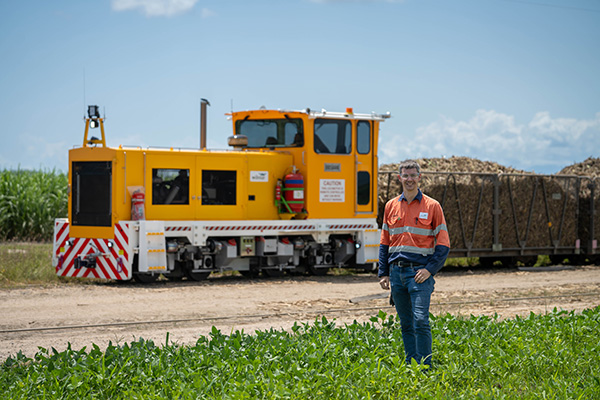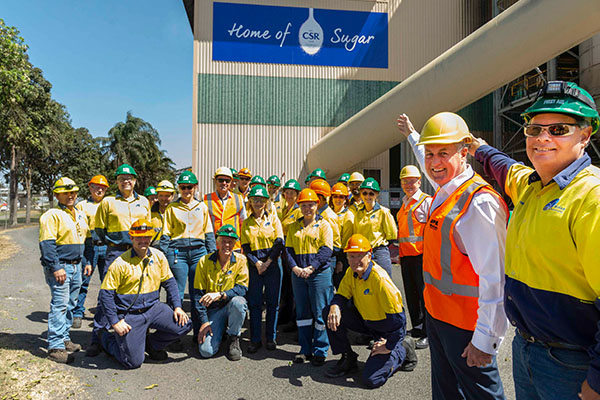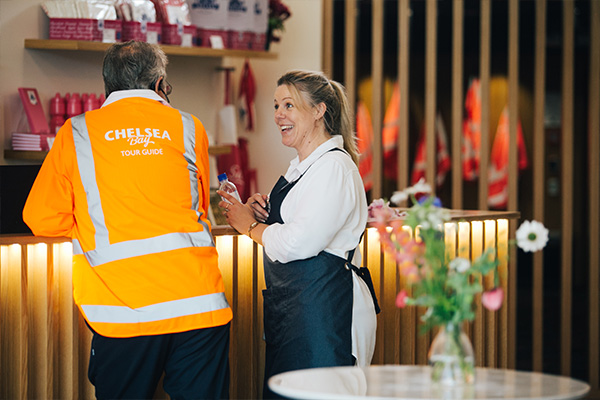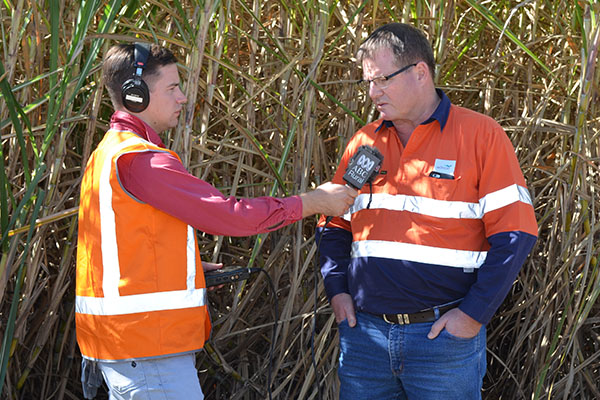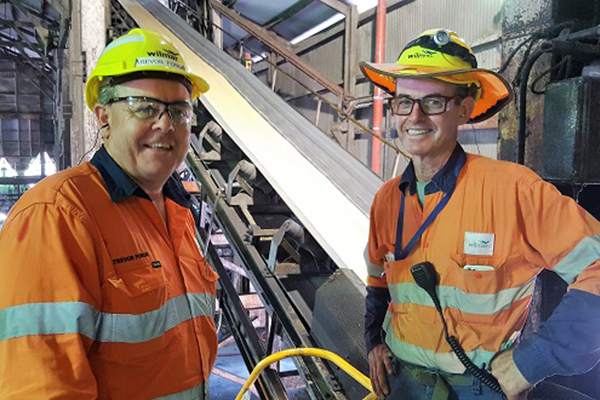The newest locomotive in the Australian sugar industry is about to start its maiden season.
Wilmar Sugar’s new 26 tonne locomotive, Brisbane, is the first new model introduced to the company’s fleet since 1991.
Significantly, it’s the first new cane rail loco designed and built from the ground up by a milling company, for cane haulage, in more than 140 years.
Wilmar Sugar Senior Project Engineer Calvin Smith said Brisbane had been designed to meet all of the company’s requirements for a mid-sized loco.
“This has been a really important project for the company and for the team,” Mr Smith said.
“We started the conceptual development by looking at what we wanted in a mid-sized loco, in terms of operational performance, fatigue life, cabin design and driver comfort.
“Then we engineered it from the ground up to meet all of our business needs across all of our milling regions.”
It boasts several new features, including an improved gearbox design, a soft-mounted engine to reduce chassis vibration, a fit-for-purpose automotive-grade control system and new remote shunting unit for single driver operation.
The new loco also uses about 25 per cent less fuel than the model it will replace, and is part of a broader Wilmar strategy to reduce carbon emissions across the business.
Wilmar is also considering a trial of renewable fuel later this year.
Asset Manager for Mobile and Services, Carl Schmidt, said the Wilmar 26 tonne loco project had taken almost three years to complete – from concept to delivery – and cost about $2 million.
“It has involved a lot of very dedicated and skilled people from different parts of the Wilmar business, as well as external contractors, and we’re extremely proud of the result,” Mr Schmidt said.
He said Brisbane would be based at Wilmar’s Victoria Mill in the Herbert region, starting operations this season.
Two more of the new model locos are currently under construction, with two more planned for 2024.
Railway historian John Browning said the new Wilmar locomotive was a significant achievement.
“After more than 140 years, it is the first main line cane haulage locomotive designed and produced by a milling company in Queensland,” he said.
“Cane locomotives must be robust and purpose-built to operate 24/7 under demanding conditions.
“Wilmar’s understanding of these requirements means that in-house manufacture is preferable to going to a locomotive builder, most likely overseas, with no familiarity with Queensland conditions or experience in producing this type of loco.”



